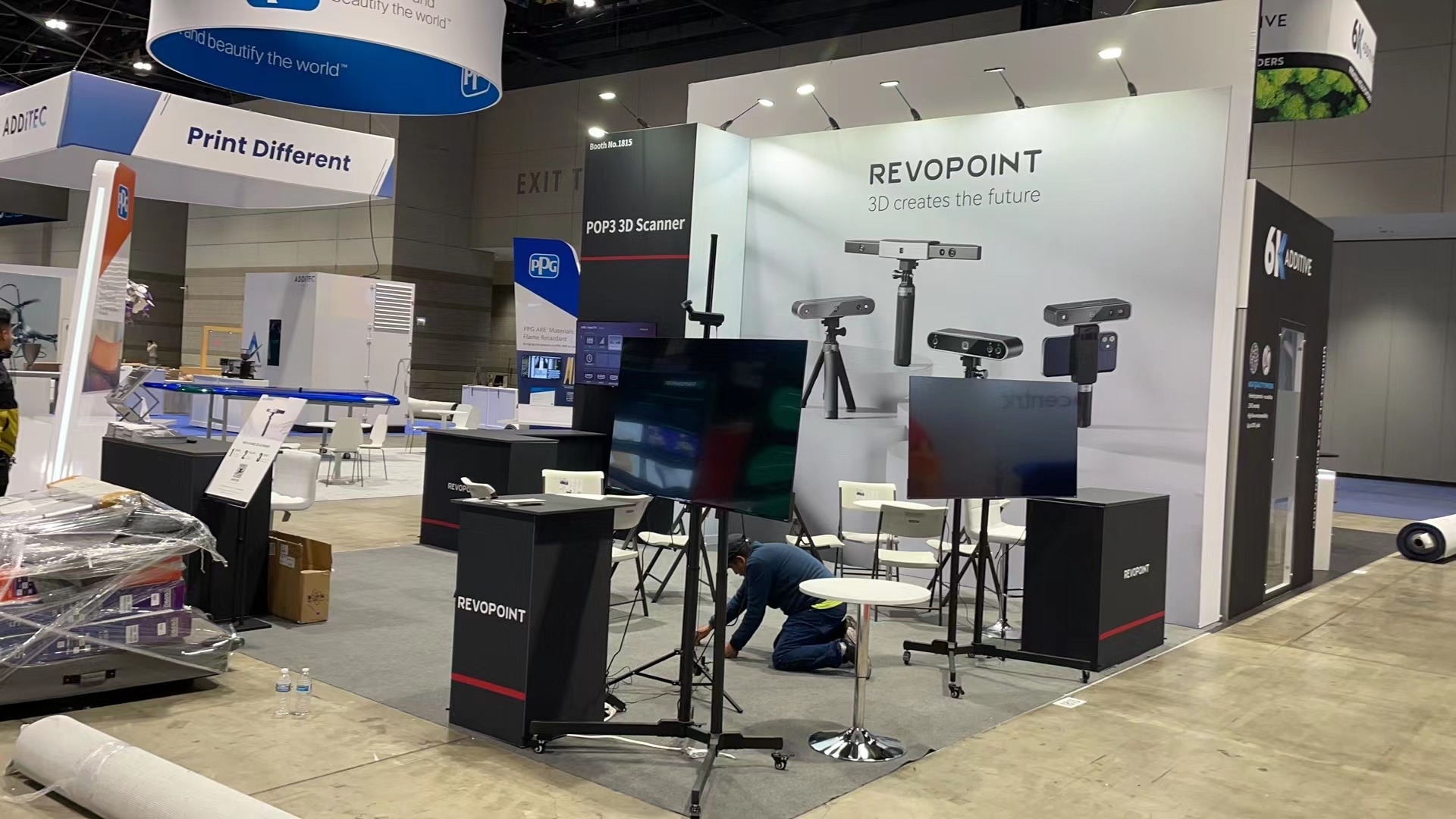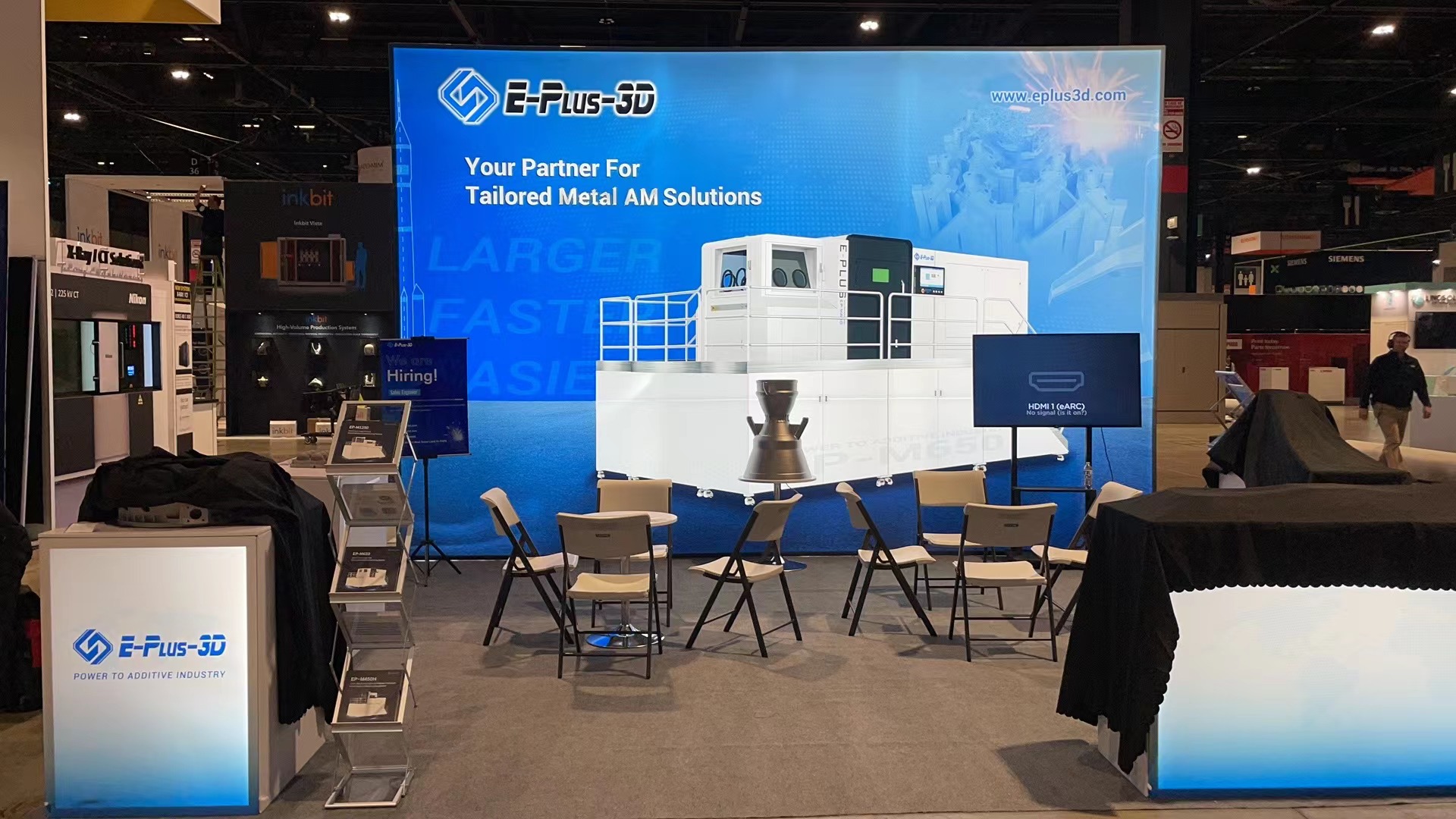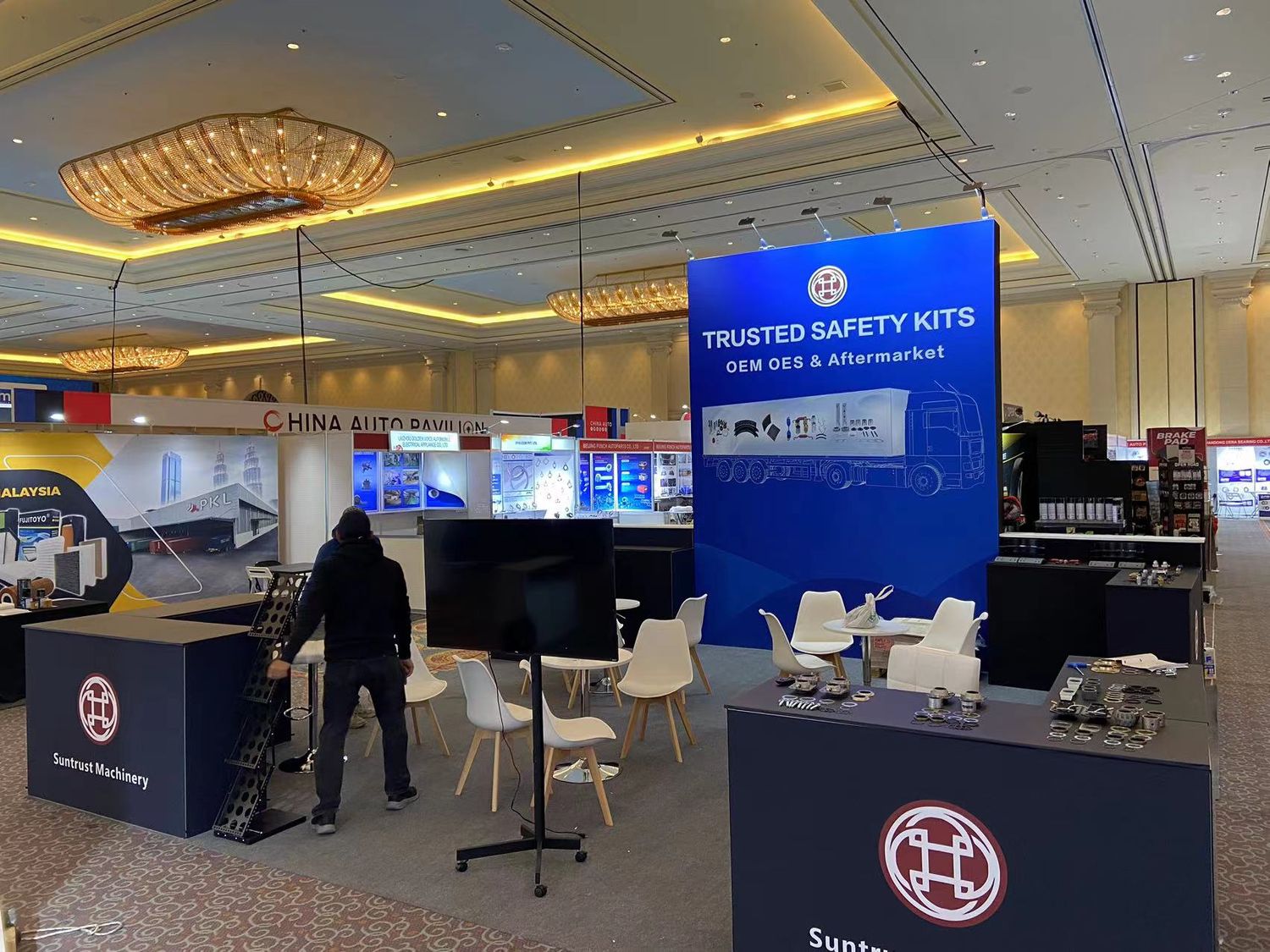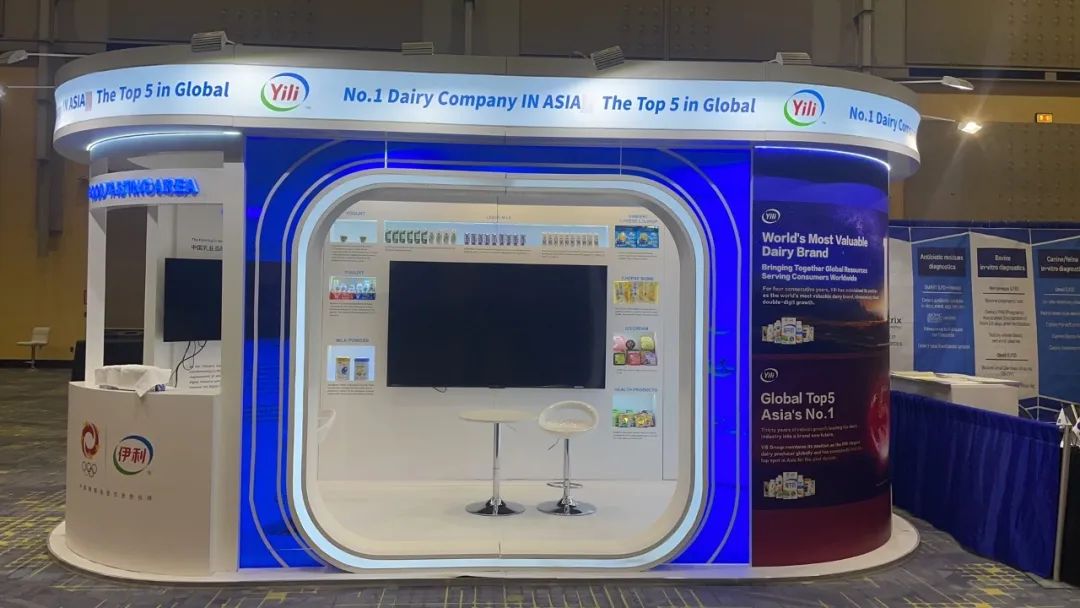Key Considerations for Designing and Constructing Exhibition Booths in the UK
Designing and constructing an exhibition booth in the UK requires meticulous planning, cultural sensitivity, and adherence to strict regulations. Whether you’re a global brand or a startup entering the European market, understanding these critical factors will ensure your booth stands out while complying with local standards. Below, we break down the essential considerations for a successful UK exhibition booth.

1. Compliance with Local Regulations
Adhering to UK-specific exhibition rules is non-negotiable. Key areas include:
Material Safety: Fire-resistant materials must meet BS 476 standards. Non-compliant materials (e.g., formaldehyde-treated wood) risk fines or booth shutdowns.
Structural Integrity: Booths are typically capped at 6 meters in height and require third-party safety certifications.
Environmental Standards: Use recyclable or biodegradable materials to align with sustainability mandates.
Electrical and Fire Safety: Ensure proper grounding for electrical setups and avoid blocking emergency exits.
Pro Tip: Partner with local suppliers familiar with UK regulations to streamline compliance.
2. Cultural and Design Adaptation
UK audiences favor clean, tech-driven designs over ornate styles. To resonate culturally:
Color Schemes: Opt for muted tones like navy blue, cream, or gray, which reflect British aesthetics. Avoid culturally sensitive colors like purple (associated with mourning in some contexts).
Brand Storytelling: Integrate subtle British elements, such as iconic architectural motifs or digital interfaces, to create familiarity.
Audience-Centric Layouts: Prioritize open, navigable spaces. Overcrowding or sparse displays can alienate visitors.
Example: Use VR/AR technology to showcase products—a tactic praised for enhancing engagement in UK exhibitions.
3. Space Optimization and Functionality
Maximizing limited booth space is crucial:
Flow Design: Plan visitor pathways to guide traffic naturally. Place high-value products at eye level or in focal areas.
Multipurpose Zones: Dedicate areas for interactions (e.g., demo stations), private meetings, and rest spaces for prolonged engagement.
Lighting and Acoustics: Balance ambient lighting to highlight products without glare. Use soundproofing materials to minimize noise interference.
Case Study: Modular designs reduce onsite assembly time, ideal for UK’s tight 3–5 day setup windows.
4. Sustainability Practices
The UK exhibition industry increasingly prioritizes eco-friendly practices:
Reusable Materials: Invest in modular components that can be repurposed across events.
Waste Management: Sort and recycle materials during teardown to avoid penalties (e.g., €500/ton waste fees in some EU markets).
Energy Efficiency: LED lighting and low-power devices reduce energy consumption.
5. Logistics and Budget Management
Hidden costs and logistical delays can derail projects:
Shipping and Customs: Secure ATA Carnets for seamless customs clearance. Use logistics partners with UK warehouses to avoid delays.
Budget Buffer: Allocate 10% of the budget for unexpected fees like venue management charges (CSC fees).
Staff Preparation: Train teams on product knowledge and cultural etiquette. Provide language support if needed.
6. Post-Construction Review and Adjustments
Post-build audits ensure readiness:
Safety Inspections: Verify compliance with fire codes and structural stability.
Visitor Feedback: Monitor real-time reactions and tweak layouts or messaging during the event.
A successful UK exhibition booth hinges on balancing regulatory compliance, cultural relevance, and innovative design. By focusing on audience needs, sustainability, and meticulous logistics, brands can create impactful spaces that drive engagement and conversions. For businesses aiming to thrive in the UK market, partnering with experienced local agencies—like those specializing in modular and tech-integrated designs—is a strategic advantage.




